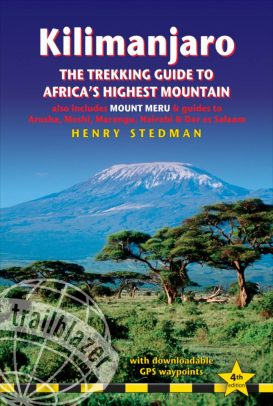Mount Kilimanjaro Weather Overview
The Weather on Mount Kilimanjaro
Due to Tanzania’s proximity to the equator this region typically does not experience the extremes of winter and summer weather, but has dry and wet seasons instead. The local weather conditions on Kilimanjaro can be somewhat unpredictable to say the very least. Rainfall varies from 2100 mm per year in the rainforest belt to less than 120 mm per year in the summit zone. Similarly, daily temperature changes are unexpected when compared to normal weather cycles, and are largely dependent on altitude.
Mount Kilimanjaro is divided into five distinct zones:
- Cultivated farmlands, rich with coffee and banana fields
- Rainforest, wet with beautiful flora and fauna
- Heather Moorlands, abundant alpine vegetation and wild grasses
- Highland Desert, evident of volcanic activity
- Arctic, lunar like desert with glaciers and a snowy summit
Each zone, approximately 3,280 feet (1,000 m) in altitude is subject to a corresponding decrease in rainfall and temperature as the altitude increases. At the beginning of the climb, the average temperature is around 70°F to 80°F (27°C to 32°C) and tends to be relatively stable year round. From there, the temperatures will decrease as you ascend. At the summit, Uhuru Peak, evening temperatures range between 0°F to -15F (-18°C to -26°C).
With global weather patterns dramatically changing, our seasons have become less predictable. Typically longer rains occur from March to May, and shorter rains in November and December. It is at this time when visibility is reduced and the mountain can become more slippery.
June though October is summer, most conducive for climbing. April and May usually brings ideal weather and with generally fewer climbers -you may be lucky enough to have the summit all to yourself.
It’s important to know that our beautiful mountain can have a mind of her own, weather can change at any time! You should always assume it will be colder than anticipated and be prepared for rain – even during the dry season.






